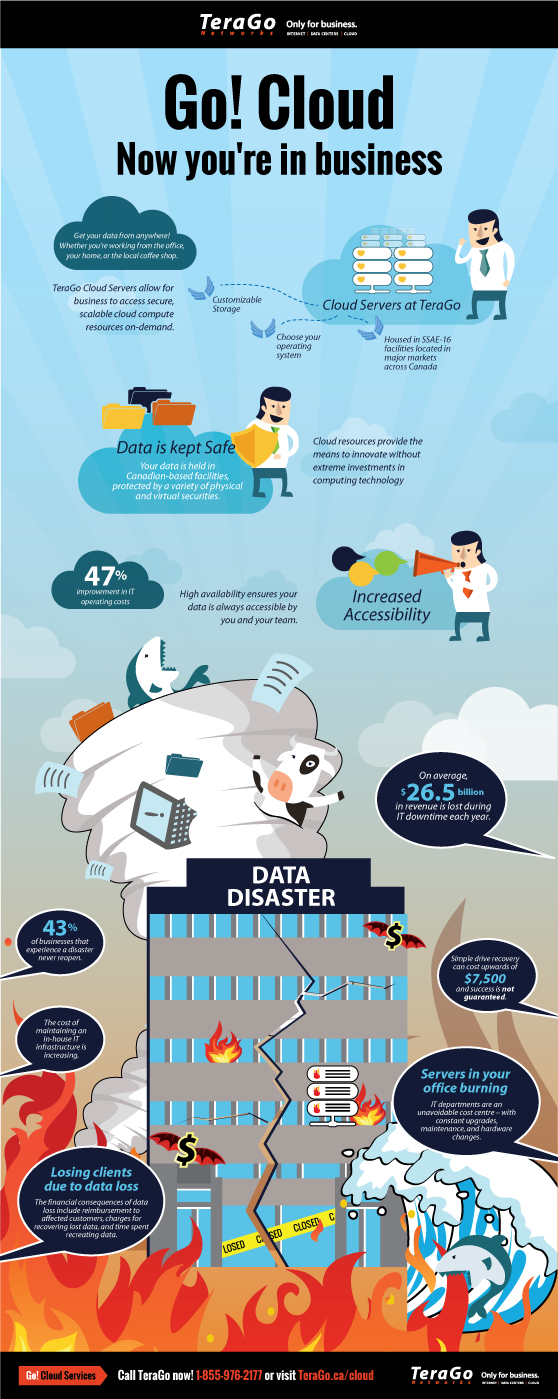Guest Author: This week’s blog post was provided to us by Tanya Williams, a freelance writer and blogger. She has been working with telecom companies for over 20 years, writing about new technologies and how businesses and business owners can take advantage of them. Her topics included IP based communications technologies, cloud computing, website development, and many more.
Up until now, Unified Communications (UC) has been an ambitious promise — albeit one that seemed quite likely to come true. The real bottom line, though, and the deal-breaker with any technology – no matter how promising it seems, is its return on investment (ROI). In the case of UC, it’s been difficult to truly define because it’s so diffuse in nature. Thus, it is a difficult matter to get a real handle on its ROI. However, as of late this metric is finally shaping up for the following seven reasons.
The Story from Vendors
There is considerable progress being made in the video conferencing and telepresence sectors, and these types of platforms are being included in unified communications packages more and more. CDW’s business development manager, Bill Coe, said that if he can inform a CFO that adding video will reduce the time-to-market of a product by up to six weeks, then the gains are often enough to convince that senior exec to give it the green light. If that’s not enough, then he just has to remind the exec of the added advantages that the same video platform will provide elsewhere in the company when moving forward.
Cost Reduction
By deploying a cloud-based communications solution, the need for installing, supporting, managing and maintaining an in-house infrastructure is eliminated. This allows your enterprise to downsize its IT management and maintenance costs. Deploying UC also allows other resources to be redirected to other tasks.
Productivity
Return on investment is not always measured in dollars — sometimes it comes in the form of increased productivity. This is certainly the case with UC. Since communications are made so much easier with UC, the productivity of your employees is enhanced almost immediately. For example, Salesforce has developed an interface that integrates click-to-dial technologies, saving the user 15 to 20 seconds per phone call. That may not sound like a lot — but if you multiply that figure by the hundreds of calls your sales team makes every day, and the thousands of calls they make every week — it adds up, giving them a few extra hours every week to connect with customers or prospects. And on top of that, UC enabled systems allow for improved collaboration and communication, as there is less time wasted trading unproductive messages back and forth or tracking people down.
Mitigation of Risk
Given its redundant, cloud-based infrastructure, communications are far more stable than non-unified solutions. Therefore, a UC service is much more likely to stay up and running at all times.
Better Customer Service
One major factor setting any business apart from its competitors is how quickly it’s able to respond to its customers and partners, and how effectively it’s able to resolve their problems. Businesses that take steps to improve their communication systems are much more likely to enjoy customer loyalty, retention, and repeat business.
Heightened Business Agility
By using UC, information can be distributed quickly across your entire enterprise. This enables your team to act as a cohesive unit, and to gain a better understanding of critical information than ever before. This, in turn, positions your organization for faster decision making.
Mobile Employees are Supported Better
Since UC connects all devices across your enterprise, no matter where they are, it allows any employees that are in the field to work with real time information. They don’t have to wait to “check in” to get the latest data.
Conclusion
UC always did seem like a good idea, as did what it’s built upon — things such as video conferencing and VoIP. There is one major difference now, though: The industry is finally at a point where it can actually be proven.










